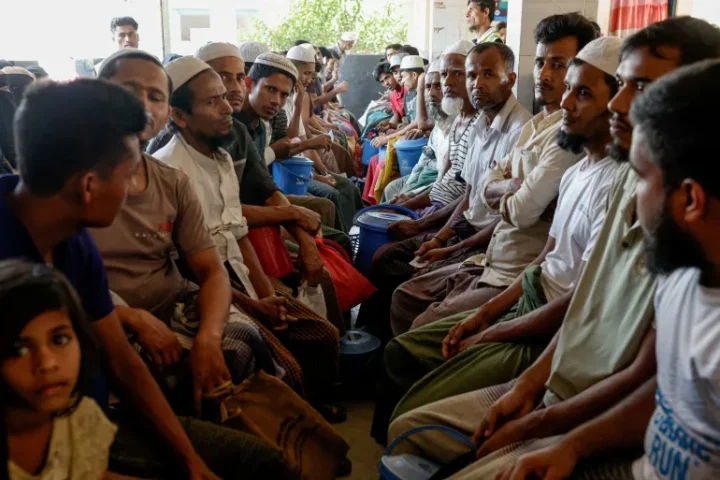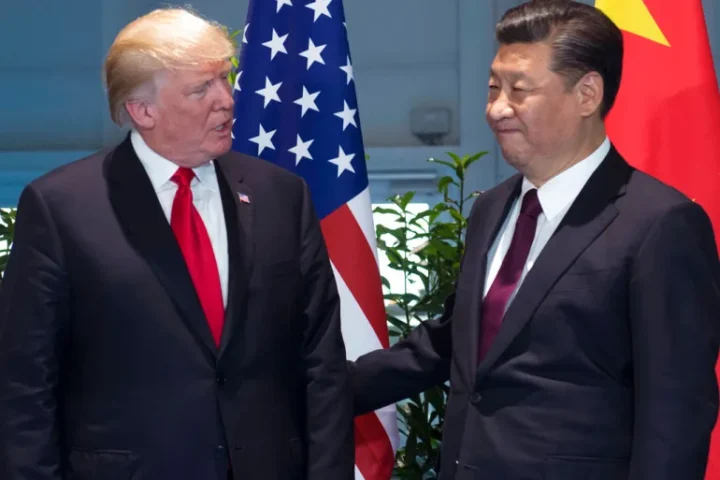Indonesia has inaugurated its first high-speed railway, a $7.3bn (£5.9) project backed by China under its Belt and Road Initiative.
President Joko Widodo launched the service, which connects the capital Jakarta to Bandung, a top economic hub.
The railway is named Whoosh, a Bahasa Indonesia acronym that translates to time-saving and reliable.
Mr Widodo has prioritised projects like Whoosh to ease the country’s severe traffic jams.
The railway was originally scheduled to open in 2019 but was delayed due to land disputes, the Covid-19 pandemic and a $1.2bn (£984m) budget overrun.
Monday’s inauguration was pushed back from Sunday to accommodate the president’s schedule.
Whoosh is operated by PT KCIC, a joint venture made up of four Indonesian state companies with Beijing’s China Railway International.
Its name is short for “Waktu Hemat, Operasi Optimal, Sistem Handal”, which translates to “Timesaving, Optimal Operation, Reliable System”. It can reach speeds of up to 350km/h (217mph) with the journey spanning 142km.
“The name is inspired by the sound of a rushing high-speed train,” Mr Widodo told reporters at the launch.
Indonesian officials say the high-speed railway is expected to improve economic productivity. They also tout the fact that the trains are powered by electricity, which will help reduce the country’s carbon footprint.
Bandung, the capital of West Java province, is often called Indonesia’s answer to Silicon Valley.
The bullet train’s speed will mainly appeal to business travellers and tourists, according to Dedi Dinarto, lead Indonesia analyst at strategic advisory firm Global Counsel.
“It raises uncertainty about whether this substantial infrastructure investment, funded both by China and the national budget, will prove profitable for the government,” he said.
While ticket prices for the train have not been finalised, the company behind the train estimates that a one-way ticket could cost between 250,000 Indonesian rupiah and 350,000 Indonesian rupiah ($16 to $22.60).
In comparison, a shuttle bus fare can cost as low as $5, which is approximately 77,685 Indonesian rupiah. And that difference can mean a lot for the average citizen.
Aninda Dewayanti, who lives in Bandung, is sceptical about how practical the train would be for ordinary Indonesians.
“It’s so expensive,” she told the BBC. “There are other transport options with comparable prices. I’d rather take a normal train or a bus.”
Among those at the event was Amelia Rahima, a 23-year-old living in Jakarta, who was enthusiastic about the launch.
“Hopefully many would actually choose to use it, because otherwise it would be a waste after all the finances poured into it as well as the challenges faced in building it,” she told BBC Indonesian.
Some critics say the sheer cost of the project may weigh on Indonesia’s public finances, which are already strained by the pandemic. Mr Jokowi agreed to use state funds to help the project overcome delays.
The project is part of Chinese President Xi Jinping’s 10-year-old Belt and Road initiative, an ambitious plan to connect Asia with Africa and Europe through a series of land and sea networks via investments in local infrastructure.
Indonesia, South East Asia’s largest economy, has been actively seeking investments from China, its largest trade partner.






